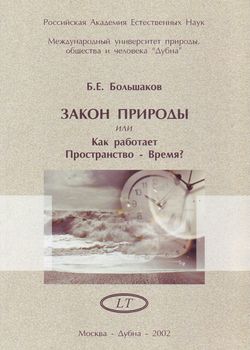Lebedev Valery Viktorovich, Central Economics and Mathematics Institute, Russian Academy of Sciences (ORCID 0000-0001-7039-3151)
Lebedev Konstantin Viktorovich, Institute for Strategic Development in Education, Russian Academy of Education (ORCID 0000-0002-7778-6780)
Abstract
The aim of the study is to improve the methodology for ranking of regions based on the use of indicators of population differentiation by income. To quantify the stratification of the population by income, various indicators are used: decile and quintile coefficients, Gini coefficient, Kuznets coefficient, Hoover coefficient, Palma index, etc. However, all these indicators only partially characterize the degree of stratification of the population by income. The study uses an approach in which all employees in the region, ranked by salary, are divided into two or three groups in the proportions of 40-50-10, 40-40-20 or 50-50. The method of piecewise linear approximation of table data is used to construct the Lorentz functions. It is established that in the federal subjects of the Russian Federation, the share of funds received by the middle group of employees, divided in the proportion of 40-50-10, lies in the range from 48% to 56%: the Palma hypothesis is not valid for all subjects. It is also found that the Gini index in 8 federal subjects of the Russian Federation is higher than 35, and it is higher than 40 in Moscow only. A promising approach to solving the problem is to use some new indicators of population differentiation by income, reflecting structural inequality. The research was carried out with the support of the Russian Foundation for Basic Research (RFBR project No. 19-010-00921 A “Differentiation of monetary incomes of the population of Russia: analysis of the dynamics of indicators based on the use of methods of computational mathematics”).
KEYWORDS: differentiation of population, salary, income, Lorentz function, Palma index, Gini coefficient.
Download article DIFFERENTIATION EMPLOYEES BY SALARY: THE METHODOLOGY FOR RANKING RUSSIAN REGIONS![]()

 ПОСЛЕДНИЕ ЭКЗЕМПЛЯРЫ ТИРАЖА
ПОСЛЕДНИЕ ЭКЗЕМПЛЯРЫ ТИРАЖА


